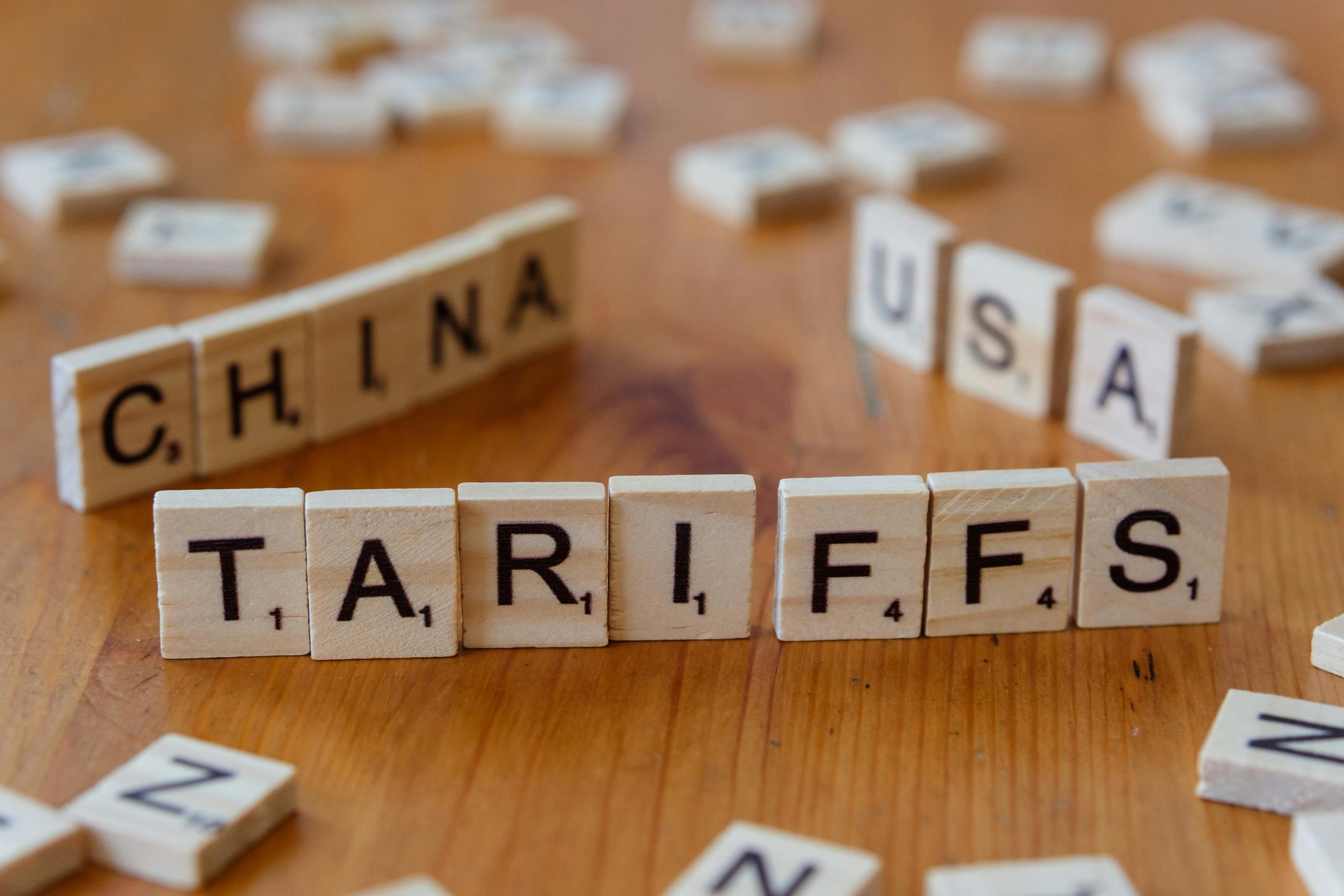Navigating Tariffs: How Companies Can Adapt to Transforming Global Supply Chains
In today’s global trade landscape, tariffs have evolved from simple negotiation tools into significant disruptors that can destabilize international business operations. Their rapid implementation can lead to a series of negative repercussions for companies, including increased costs, retaliatory actions, and regulatory scrutiny. Understanding the impact of tariffs on supply chains is essential for organizations aiming to navigate these challenges effectively.
The Ripple Effect of Tariffs on Supply Chains
According to Moody’s, the swift imposition of tariffs can result in:
- Retaliatory Actions: Countries may respond to tariffs with their own penalties, further complicating trade relations.
- Inflated Costs: Increased expenses can permeate through entire supply chains, affecting both suppliers and consumers.
- Regulatory Scrutiny: Heightened attention from regulatory bodies may arise, leading to potential investigations.
Operational and Financial Risks
For businesses heavily reliant on international suppliers, tariffs pose more than just increased prices. They can lead to:
- Shipment Delays: Tariffs can disrupt timelines, leading to longer lead times for goods.
- Reduced Customer Demand: Higher prices may deter consumers, negatively impacting sales.
- Government Investigations: Increased scrutiny may arise, risking reputational damage and compliance challenges.
Strategic Responses to Tariff Challenges
In light of these challenges, organizations are reevaluating their sourcing strategies. Here are several proactive measures to enhance supply chain resilience:
- Prioritize Supplier Monitoring: Regular assessments of suppliers’ financial health and compliance can help identify vulnerabilities early.
- Adjust Contracts and Pricing Structures: Reflecting tariff impacts in contracts can help maintain profit margins and ensure client trust.
- Foster Collaboration: Encouraging open communication and joint planning across the supply chain can build stronger partnerships.
Scenario Planning and Diversification
Conducting scenario planning is crucial. Organizations should:
- Perform stress tests to assess potential impacts of changing trade policies.
- Develop contingency plans to prepare for unforeseen circumstances.
- Diversify the supplier base when feasible, although this may come with its own risks.
Leveraging Opportunities Amidst Volatility
Despite the challenges posed by tariffs, companies can also find opportunities. By utilizing data-driven tools, businesses can:
- Anticipate disruptions more effectively.
- Make informed decisions that foster a culture of agility.
- Engage closely with both internal teams and external partners to drive long-term growth.
The ability to pivot and adapt in response to tariffs and other disruptions is increasingly becoming a competitive advantage in the global marketplace.
For more insights on managing supply chain risks, visit our dedicated page on supply chain management.







